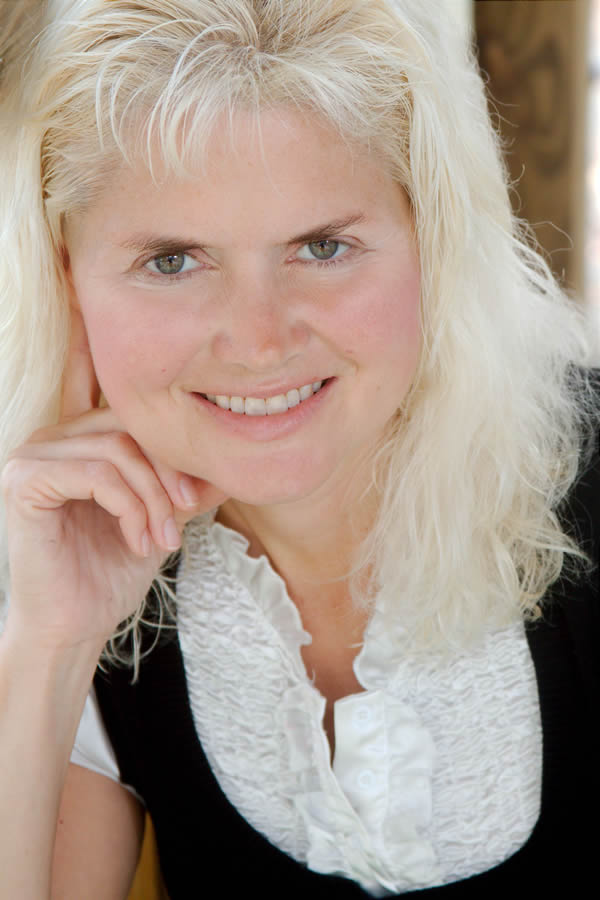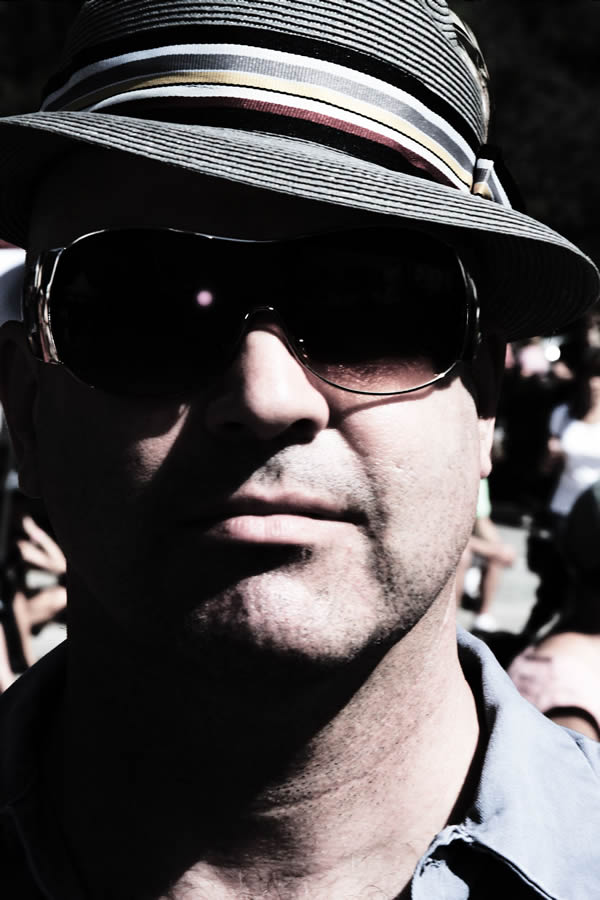Five Common Mistakes When Working With Models
When the right model and right photographer get together it can be magic. Magic for your portfolio, magic for an ad agency looking for a fresh face and magic for your bank accounts. What tends to crimp the magic and fun sometimes are unreasonable expectations on one side of the camera or the other.
My wife was a model and she has some very unique insights about the whole working relationship between models and photographers. She could tell right away a photographer was new or, even worse, a “guy with camera”. I’ve found photographers make surprisingly similar mistakes when working with models.

Here a few tips why my wife and I have consolidated from our experiences on opposite sides of the camera.
Don’t Expect Free Talent
Even if it’s $25, pay them something. Unless you’re the kind of photographer with an agent at the Ford Modeling Agency that can make modeling careers, then you should at least cover their gas. Occasionally local photographers team up for a TFP (Time For Prints) shoot to try out new equipment, but everyone knows one another and there are no expectations about what you’re going to get as far as talent goes.
The last TFP photowalk I was part of we had 9 people confirm as models the night before and three showed up. More proof that you get what you pay for. For a little cash you’ll get much more reliable talent and maybe a few that know how to pose.
If You’re Not Hiring a MUA, Then Lower Your Expectations
If you’re expecting your talent to supply their own hair, makeup and clothing, then lower your expectations about what you’re going to get. A good H/MUA (Hair/MakeUp Artist) may be around $75 an hour and can go much higher in markets where there is a lot of production.
Will your talent need to change clothes? Is there a changing room, makeup table and big mirror for hair touch-ups? If you’re expecting talent to do their own makeup at least have a space for them to work on it.
Make Diverse Talent Selections

A lot of people in photography have a bias toward good looking women. Hey, I like working with good looking models as well as the next photographer, I even married one. But by focusing on women 18-24, you’re missing out on a lot of business. As the population ages, advertisers want the faces in the ads to be familiar to older customers. If you’re not working with men, women, couples, seniors, and people of unique ethnic backgrounds and wide age ranges, then you’re leaving a lot of money on the table.
This is particularly true if you’re shooting stock commercial photography. If you’re shooting custom commercial photography the customer will tell you what they want the talent to look like, they’ll also be paying local scale to get it. If you’re picking the models, then mix it up. Advertisers are fickle buyers and if you’re shooting stock photography then remember that people of indeterminate genetic heritage are always in demand.
Models Are Not Mind Readers

Showing up a shoot models feel like any other employee on their first day on the job. They may have done that job a thousand times, but they have never done it for you. If you’re in the middle of setting up, take a minute to greet them and spend a few minutes discussing the project and your expectations. Also take a minute to ask your talent what they want to get out of the shoot and if they have any signature looks. Many models have poses or looks they’ve practiced for years, try to work those in if you possibly can. I also go over the paperwork they need to sign if they don’t have the advance copy I sent them.
Taking the time to ask what they want puts your talent’s needs on par with yours and makes the relationship more reciprocal. The shoot becomes a working project involving two or more people, not a posing machine there for your convenience.
Shooting In Silence

During the shoot provide continuous feedback about what you want them to do and whether they’re getting it. When the talent finds a good pose and is hitting their mark the praise should border on effusive. If you want your talent to look like a million dollars, they need to feel like a million dollars.
Some venues you can’t and that’s fine, but when you can put some music on. Good music will raise the energy level and put everyone in a better mood. This isn’t just my opinion, there’s a bit of science behind the idea that music makes everyone feel better. I’ve been to very few shows or conferences that music wasn’t part of the background on the show floor.
Just make sure the music fits the theme. It sounds a little bizarre to play techno at a shoot with a country theme.
A lot these suggestions should be common sense if you take a minute to think about the person on the other side of the camera and to treat them like someone with career and life goals all their own. The best working relationships happen when both parties are working in their own best interest.
